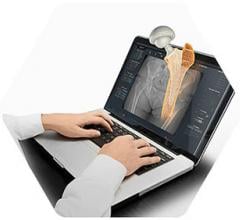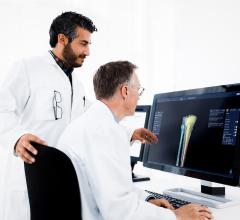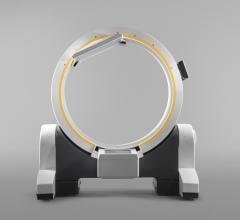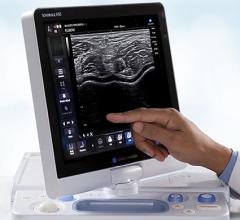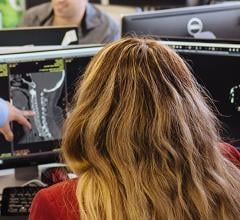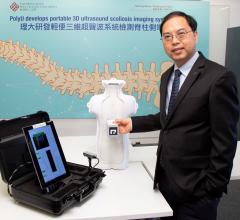Feb. 16, 2007 - The hospitals rated the nation's best by U.S. News & World Report are considered to be committed to quality patient care. Three of the top five, and more than a third of the 14 who made the list, have something else in common. They use the non-invasive Arctic Sun Temperature Management device to chill critically ill patients, potentially reducing brain damage.
The Mayo Clinic, the Cleveland Clinic and the Massachusetts General Hospital -- ranked numbers 2-4, respectively -- are employing the first non-invasive, sophisticated patient cooling system from Medivance that quickly and easily controls, monitors and precisely maintains core body temperature in a therapeutic range. Other top-rated hospitals using the Arctic Sun to improve patient outcomes include New York-Presbyterian University Hospitals of Columbia and Cornell, and Stanford Hospital. Others are evaluating the promising new technology.
"We know that high fevers decrease the chance of good neurological outcomes, says Igor Ougorets, MD, Director of Neuroscience ICU at Weill-Cornell Medical College. "There is ample data from retrospective studies to warrant therapeutic temperature management to save brain tissue, and logistically, it's easier for a physician to have a nurse apply Arctic Sun pads and begin cooling appropriate patients immediately," he says.
Four of the top five neurology programs and three of the top five heart programs employ the Arctic Sun's highly efficient, non-invasive therapeutic cooling technology.
A growing body of clinical research demonstrates that mild hypothermia and fever reduction have potential protective effects for victims of cardiac arrest, stroke, brain injury, trauma, high fevers and other critical conditions. The updated American Heart Association CPR guidelines call for inducing therapeutic hypothermia after cardiac arrest for some resuscitated patients.


 April 28, 2020
April 28, 2020 

